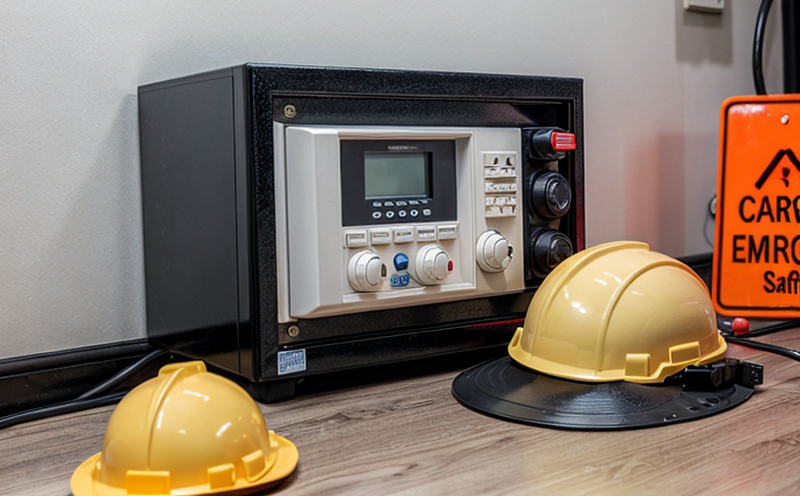SAE ARP 1401 Cabin Safety Equipment Testing
The SAE ARP 1401 standard is a critical document that specifies the requirements and procedures for testing cabin safety equipment in aerospace and aviation applications. This service ensures that manufacturers meet stringent industry standards, ensuring passenger and crew safety during emergency situations.
SAE ARP 1401 covers a wide range of cabin safety equipment including but not limited to oxygen masks, emergency lighting systems, fire extinguishers, smoke detection devices, and emergency locator transmitters. The testing procedures outlined in this standard are designed to simulate real-world conditions under which these items may be used.
The testing process involves multiple stages aimed at evaluating the performance of each piece of equipment. For instance, oxygen masks undergo pressure tests to ensure they function correctly even when exposed to high altitudes where oxygen levels are low. Similarly, fire extinguishers are tested for their ability to suppress flames effectively and quickly.
Another crucial aspect of this testing is the evaluation of the reliability of smoke detection devices. These sensors must be able to detect even small amounts of smoke accurately so as not to trigger false alarms but also respond promptly when needed. This ensures that passengers have enough time to evacuate safely before further action becomes necessary.
Fire extinguishers are another essential component tested according to SAE ARP 1401 guidelines. They need to be assessed for their weight, pressure levels, and spray patterns among other factors. Proper functioning of these extinguishers could mean the difference between life and death in case of a fire onboard an aircraft.
Smoke detectors play another vital role by alerting occupants early enough about any potential hazard so they can take necessary precautions without causing undue panic or disruption to normal operations.
In addition to these components, SAE ARP 1401 also addresses the functionality and integrity of emergency locator transmitters (ELTs). These devices are designed to send distress signals in case of an accident. They must operate reliably even under harsh environmental conditions such as extreme temperatures or being submerged underwater.
The testing process typically begins with a thorough inspection of all components according to specified tolerances defined by the standard. Any defects found at this stage would result in immediate rejection unless corrective actions are taken and re-inspected.
Following successful inspections, further tests might include functional checks where real-world scenarios are simulated using specialized equipment designed specifically for these purposes. For example, simulating an altitude change to check how well oxygen masks perform under such conditions.
Once all tests have been completed successfully, detailed reports are generated summarizing the findings and results of each test conducted. These documents serve as proof that the equipment meets or exceeds the requirements set forth by SAE ARP 1401 ensuring compliance with applicable regulations worldwide including those enforced by aviation authorities like FAA (Federal Aviation Administration) in the United States.
Compliance with SAE ARP 1401 is not just a requirement for manufacturers but also an essential step towards maintaining public trust and confidence. By adhering to these rigorous standards, airlines can ensure their fleets are equipped with reliable and effective safety equipment ready to handle any emergency situation that may arise.
- Ensures passenger and crew safety during emergencies
- Meets stringent industry standards for cabin safety equipment
- Evaluates performance of various components including oxygen masks, fire extinguishers, smoke detectors, emergency locator transmitters (ELTs)





